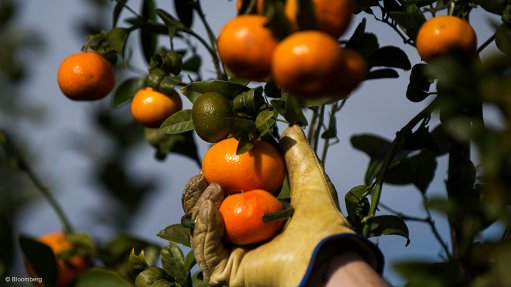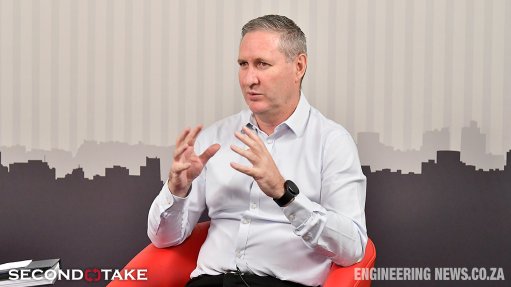Chewing and bubble gum tax
Pigovian tax’, ‘externalities’, ‘negative externalities’, ‘elasticity of demand’, ‘awful self-inflicted impetigo’, ‘limitations’, ‘regulations’, ‘ban on the product’, ‘sugar tax’, ’drug’, and ‘food’. All these are the keywords on our brief journey to gain insight into chewing gum tax and bubble gum tax.
Chewing gum and bubble gum are not similar to potato (po-tay-to) and potato (po-tah-to). The difference lies in two words: gum base. Chewing gum base is a natural gum that is harvested from the sap of a tropical tree, the sopapilla tree, and first went on sale in the 1800s. Bubble gum base, on the other hand, is a mixture of laboratory-made starches and polymers that are specially formulated to blow bubbles. It was first sold in 1906. About 100 000 t of gum is chewed each year.
Interestingly, gum is classified as a food by the US Food and Drug Administration, owing to the use of many gum base ingredients in inedible products.
Polyethylene, one of the most popular components of gum base, belongs to a common group of plastics. Polyvinyl acetate is a sticky polymer found in white glue. Butyl rubber, used in gum base, is typically used in the lining of car tyres, while paraffin wax is a by-product of refined petroleum. Bon Appetit!
Unsurprisingly, 60% to 70% of gum is sugar, which is considered a drug – at least according to an article titled ‘Sugar is a drug and here is how we are hooked’, which was written by Brian Krans and published on www.healthline.com in September 2013. In this country, sugar tax has been in place since April 1, 2018, and is officially called a Health Promotion Levy.
The issue with gum is the negative externality it causes. For some, the externality is misophonia, a condition where life’s noises – such as slurping or chewing – drive you mad. Another externality of gum is litter; this is because the consumer imposes a cost on others, without having to pay for the cost.
An article titled ‘Some approaches to the question of chewing gum litter’, which was published in 2011, states that, shortly before his suicide, writer, chemist and Auschwitz survivor Primo Levi became mildly obsessed with the gum beneath his feet, analysing it to create an alternative cartography of alimentary intention. He wrote: “Gum can be found everywhere, but a more attentive examination reveals that it reaches maximum density in the vicinity of the most frequented bars; the chewer who is headed there is forced to spit it out to free his mouth. As a result, the stranger, not familiar with the city, could find these places following the direction of the more thickly massed gum blobs, in the same way as sharks find their wounded prey by swimming in the direction of increasing concentrations of blood.”
The present British Prime Minister, Boris Johnson, wrote in his column in The Telegraph in 2010: “Our streets are suffering from a monstrous plague of chewing gum blotches”. He described the problem as an “awful self-inflicted impetigo”.
Addressing a negative externality is achieved through the imposition of a Pigovian tax on users or businesses that engage in activities that create adverse side-effects for society whose costs are not included in the gum’s market price. When imposing a gum tax, it is important to consider the elasticity of demand for gum. This is the responsiveness of the quantity demanded when there is a change in the price of the gum.
Alternatives to a gum tax could include market interventions such as regulations, limitations and even a ban on gum.
While you chew this over (pun intended) – a mathematician has calculated that the energy Americans expend daily while chewing gum could light a city of ten-million people. Are you taking note, Eskom?
Comments
Press Office
Announcements
What's On
Subscribe to improve your user experience...
Option 1 (equivalent of R125 a month):
Receive a weekly copy of Creamer Media's Engineering News & Mining Weekly magazine
(print copy for those in South Africa and e-magazine for those outside of South Africa)
Receive daily email newsletters
Access to full search results
Access archive of magazine back copies
Access to Projects in Progress
Access to ONE Research Report of your choice in PDF format
Option 2 (equivalent of R375 a month):
All benefits from Option 1
PLUS
Access to Creamer Media's Research Channel Africa for ALL Research Reports, in PDF format, on various industrial and mining sectors
including Electricity; Water; Energy Transition; Hydrogen; Roads, Rail and Ports; Coal; Gold; Platinum; Battery Metals; etc.
Already a subscriber?
Forgotten your password?
Receive weekly copy of Creamer Media's Engineering News & Mining Weekly magazine (print copy for those in South Africa and e-magazine for those outside of South Africa)
➕
Recieve daily email newsletters
➕
Access to full search results
➕
Access archive of magazine back copies
➕
Access to Projects in Progress
➕
Access to ONE Research Report of your choice in PDF format
RESEARCH CHANNEL AFRICA
R4500 (equivalent of R375 a month)
SUBSCRIBEAll benefits from Option 1
➕
Access to Creamer Media's Research Channel Africa for ALL Research Reports on various industrial and mining sectors, in PDF format, including on:
Electricity
➕
Water
➕
Energy Transition
➕
Hydrogen
➕
Roads, Rail and Ports
➕
Coal
➕
Gold
➕
Platinum
➕
Battery Metals
➕
etc.
Receive all benefits from Option 1 or Option 2 delivered to numerous people at your company
➕
Multiple User names and Passwords for simultaneous log-ins
➕
Intranet integration access to all in your organisation


















